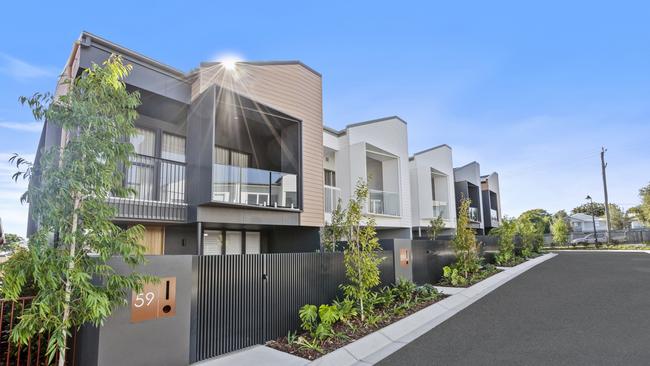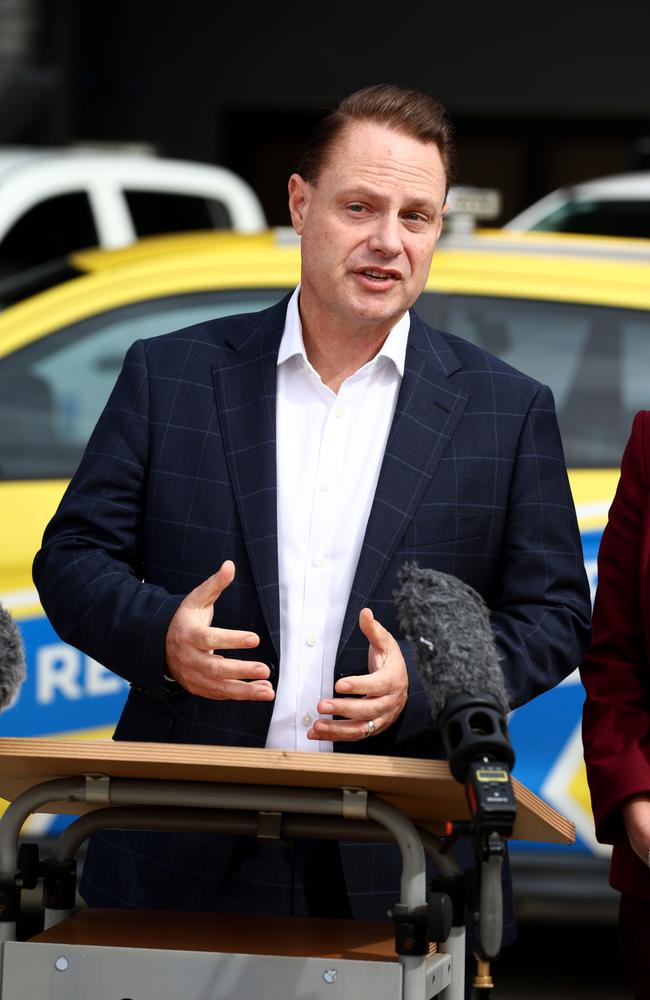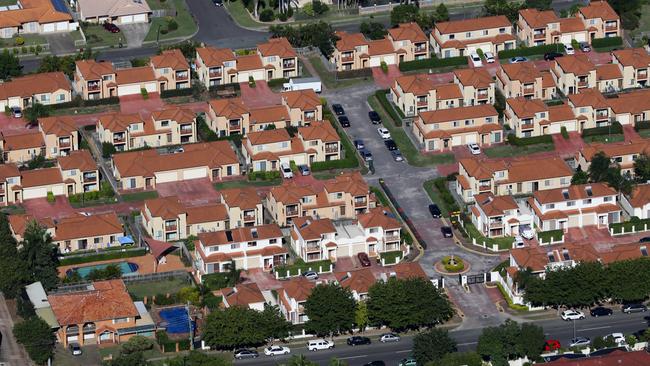Huge chunk of Brisbane low-medium residential zone in line for higher density to ‘fix’ affordability
Brisbane residents living in a huge chunk of the city could face taller building heights, higher density, changes to lot sizes and to minimum carparking rules. SEE WHAT’S COMING
QLD News
Don't miss out on the headlines from QLD News. Followed categories will be added to My News.
Brisbane residents living in a huge chunk of the city could face taller building heights, higher density, changes to lot sizes and to minimum carparking rules under a review aimed at driving down soaring home prices.
Lord Mayor Adrian Schrinner yesterday announced a sweeping review into low-to-medium residential (LMR) zones, which cover about 14 per cent of the city.
He told a Property Council lunch that new dwelling approvals in the city’s LMR zones had plunged to just 445 two years ago, a major factor behind spiralling prices which have made Brisbane the second-most expensive in the country and among the least affordable cities in the world.
Mr Schrinner said calls for taxes on landlords and developers, taxes on vacant properties, limiting the growth of AirBnBs and a push for governments to build more social housing was not the solution.
“Simplistic solutions to complex problems rarely work, in fact more often than not they make things worse, sometimes much worse,’’ he said.

But increasing housing supply did have a major impact.
“Not so long ago, in the 2016 period, there was talk of an oversupply of units,’’ he said.
“That moderated price growth in units for years after.
“We need 210,000 new homes by 2026. We want people to keep coming here but there’s no point if it’s not affordable.
“In recent years we have been trying to pull the levers we have to get more homes built (such as opening up commercial/industrial areas, urban renewal and inner-city carparking changes).
Mr Schrinner said in previous 10-year periods the number of new dwellings had averaged more than 1100 per year.
“Modest, well-designed increases to density can deliver 6000 new homes in this (LMR) zone by 2030, or 1000 homes per year,’’ he said.
“Obviously we have got to get this right, but we have to get it done quickly.’’

He said recently-approved neighbourhood plans such as in the Moorooka area had taken five years to get across the line.
He said the higher density needed could not all happen in one zone, with the load having to be spread.
The increases proposed in the review, which would start “soon’’, would be in areas near infrastructure such as bus and train stations.
“As Brisbane continues to grow quickly, ensuring housing supply keeps pace is one of our city’s biggest challenges,’’ he said.
“That’s why we’re taking action to deliver more homes, sooner in well-located LMR areas.
“By streamlining planning processes, reducing red tape and activating under-utilised land, we’re enabling a faster, more efficient delivery of new housing, while preserving the character and amenity of our suburbs.’’
Consultation would begin in the near future.
The Queensland Property Council welcomed the announcement.

Executive Director Jess Caire said council and the development sector needed to work together to facilitate more housing supply.
“It has never been harder to build the homes we need and we welcome Council’s ongoing efforts to partner with industry to address development barriers and deliver more homes,’’ she said.
But Labor Opposition Leader Jared Cassidy accused Mr Schrinner of “scrambling for a solution to a problem he has created’’.
“His housing supply plan is clearly failing, and more affordable housing options need to be built,’’ he said.
“But the Lord Mayor must not leave the community in the dark about these changes.
“We should see a community-led approach, not just a developer-led approach.
“We don’t want to see parked out streets and the fabric of suburban communities changed just to achieve a bigger profit margin for developers.’’





